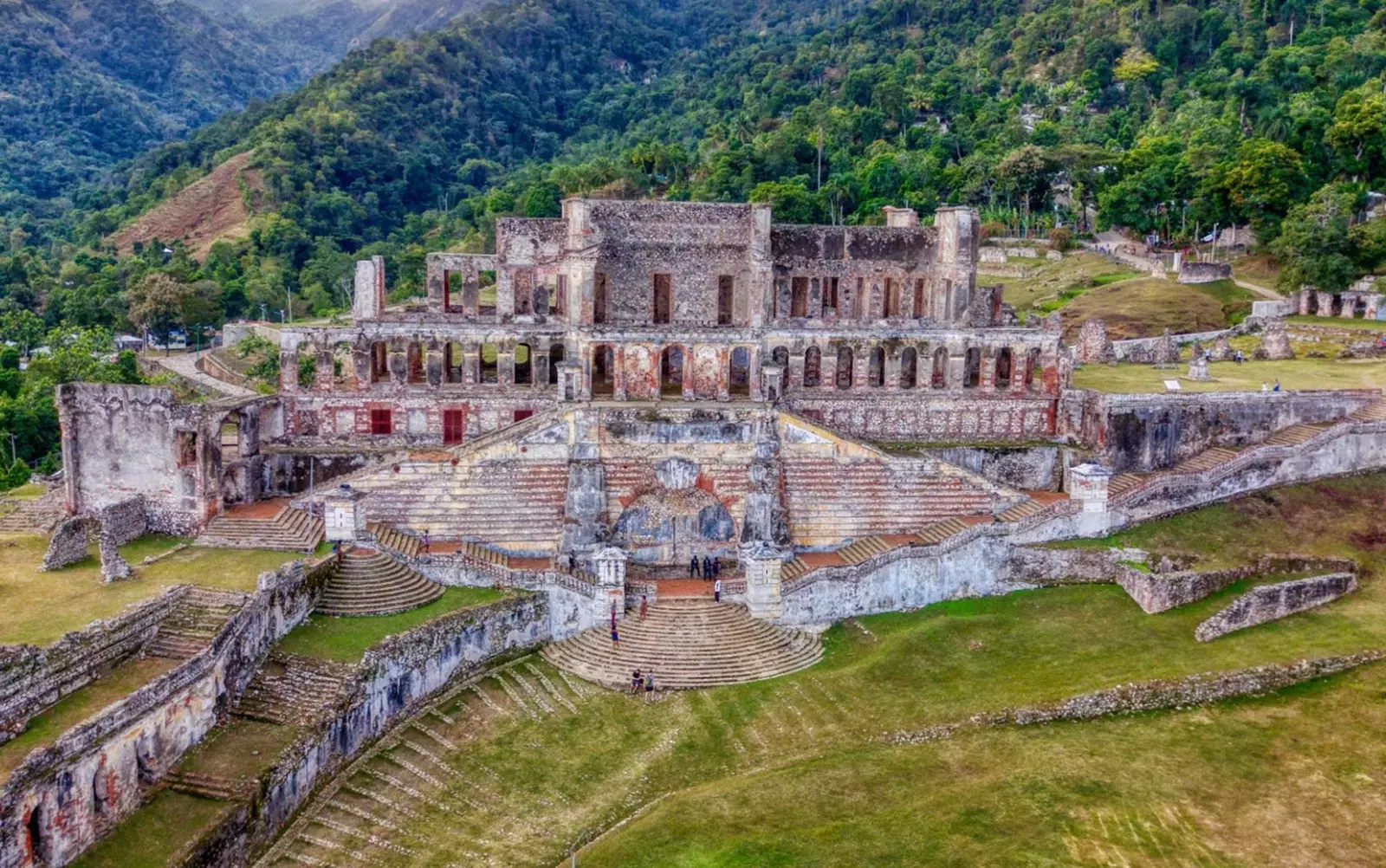
Behold the splendor of seven old glories
After rebuilding the seven wonders of the ancient world and some spectacular Asian castles, Budget Direct is back at work to delight us with the recreation through 3D images of seven palatial jewels.
Under the leadership of NeoMan Studios, the Budget Direct team has had the help of a group of architects , a lot documentary research and, of course, the technology to raise these palaces from the ashes in ruins from different places in the world.
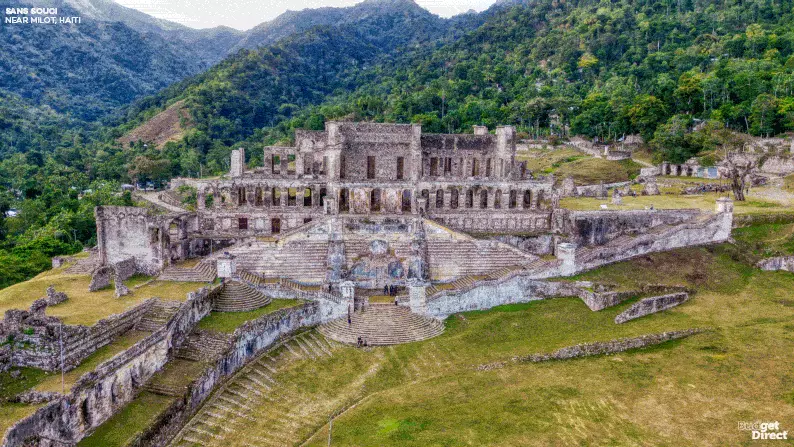
Sans-Souci, Haiti
Their painstaking and tedious work not only has he managed to wake up once again our wanderlust spirit, but also allows us to contemplate photorealistic prints of constructions such as the Ruzhany Palace (Belarus), Sans-Souci (Haiti), Qal'eh Dokhtar (Iran), Knossos (Greece), Dungur (Ethiopia), Clarendon (United Kingdom) and Husuni Kubwa (Tanzania).
SANS-SOUCI, HAITI
Here is the former residence of the King Henry I of Haiti, Queen Maria Luisa and her offspring. This relic, located near Milot - once a French plantation that the monarch ran for the period of the Haitian revolution -, was raised in 1811, crowning itself as one of the most important constructions that the king left in his legacy.
There are those who reject any work conceived under the mandate of Enrique I, since for many it is considered a dictator who forced his countrymen back into slavery and he plunged the nation into a 13-year civil war. However, others defend that he was a brilliant legislator.
Be that as it may, what is indisputable is the beauty of what is popularly baptized as the "Versailles of the Caribbean". It is impossible not to be enthralled with the majesty of its stairs and the charm of its terraces.
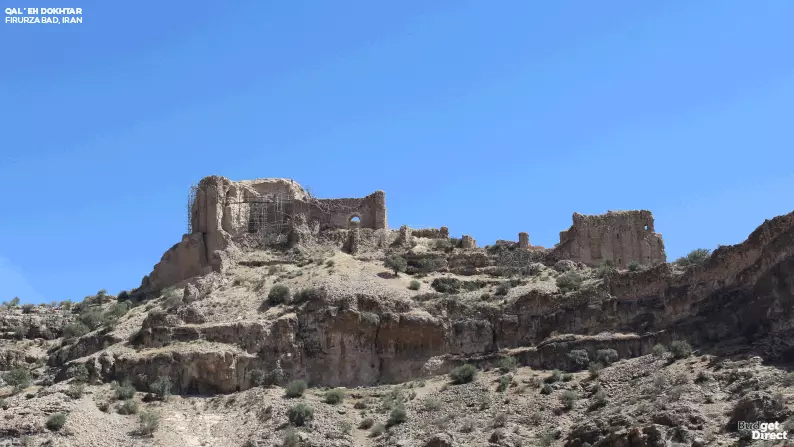
Qal'eh Dokhtar, Iran
QAL'EH DOKHTAR, IRAN
It was in the year 224 AD when Qal'eh Dokhtar it was built by Ardašīr I in the city of Firuzabad. The fortress acted as a barrier during the foundation of the Sassanian Empire in Iran. The third floor is the place where the Royal residence, that over time She was transported to a nearby palace.
Qal'eh Dokhtar is one of the earliest examples of Iranian chartaq- a square construction with four arches supporting a dome-, becoming an important feature of Iranian traditional architecture. For practical purposes, being fortified, Qal'eh Dokhtar is a castle, not a palace. But who wouldn't want contemplate the reconstruction of its imposing walls?
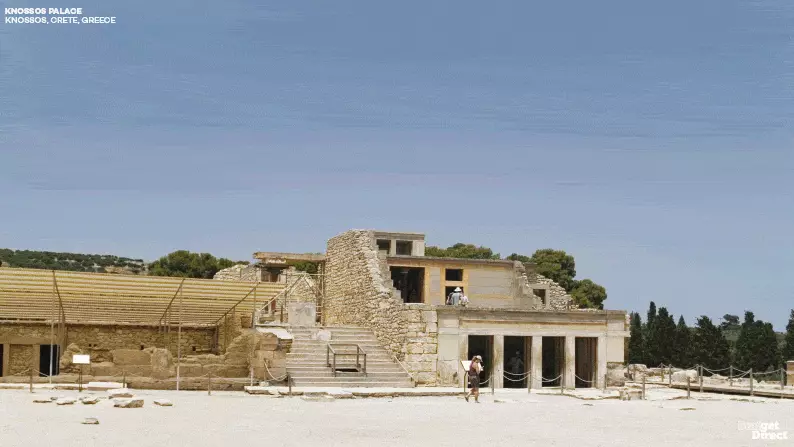
Palace of Knossos
PALACE OF KNOSSOS, GREECE
Crete is one of those small places that exudes beauty in abundance. The flirty Greek island is the place where around 1700 BC the oldest palace on this list was built, Knossos.
In addition to its political function, it was also designed as economic and religious center of the mysterious Minoan civilization. Despite having survived invasions, fires and earthquakes for almost a century, its magnificence was not eternal: the palace was destroyed around 1375 BC.
While being able to decipher the Minoan writings is an arduous task, the numerous and impressive frescoes of the ruins they are the key to understanding their culture. For example, one represents the bull jump. This sport can have given rise to the legend of the Minotaur , the famous and mythological cannibal half man half bull.
RUZHANY PALACE, BELARUS
The Sapieha family , representative of the Commonwealth Polish-Lithuanian, built the Ruzhany Palace in the year 1770, on the site of his former castle. During its heyday, the famous palace theater employed 100 artists. But those were not his only relics: he also owned a famous library and a collection of paintings.
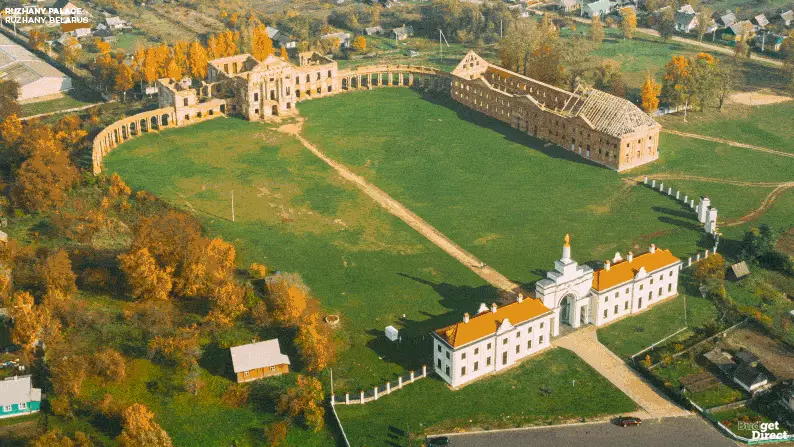
Ruzhany Palace, Belarus
In 1831 the palace was rented to the Pines family, who turned it into a textile factory that generated wealth for the local Jewish community. The reason construction went into decline? The outbreak of World War II. Belarus is currently restoring Ruzhany to its former glory.
DUNGUR PALACE, ETHIOPIA
Dungur Palace is located in the Ethiopian village of Axum , which was the bustling capital of an African empire that stretched from southern Egypt to Yemen. Is 6th century mansion contained about 50 rooms , including a bathroom area, the kitchen and the throne room.
Although the exact history of this monument is unknown, it is known that it was nicknamed the "Palace of the Queen of Sheba". Whether or not his abode, the discovery of a carved figure of a woman during the excavations of the place has fueled the hope that under Dungur remains of the true residence of the queen.
CLARENDON PALACE, ENGLAND
These 12th century ruins - nestled in Clarendon Park, in Wiltshire -, witnessed the composition of the Clarendon Constitutions, a series of enacted orders which Henry II tried to get legal authority over clerics of the church. However, the only thing the monarch got was a dispute with his friend Archbishop Thomas à Becket who ended up being killed.
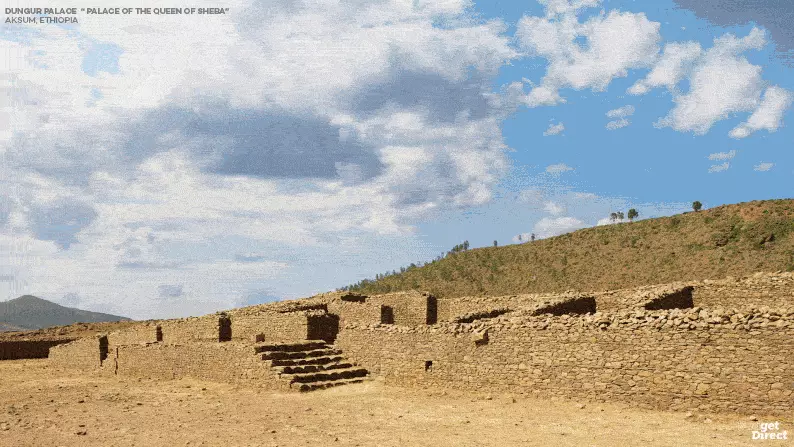
Dungur Palace, Ethiopia
Henry III enlarged the medieval palace , commissioning a carved fireplace and a stained-glass chapel. In this way, in the year 1400, Clarendon could already boast of being a vast royal complex, becoming one of the favorite retreats of the monarchs to Tudor times , at which time the high cost of its maintenance caused its rapid decline.
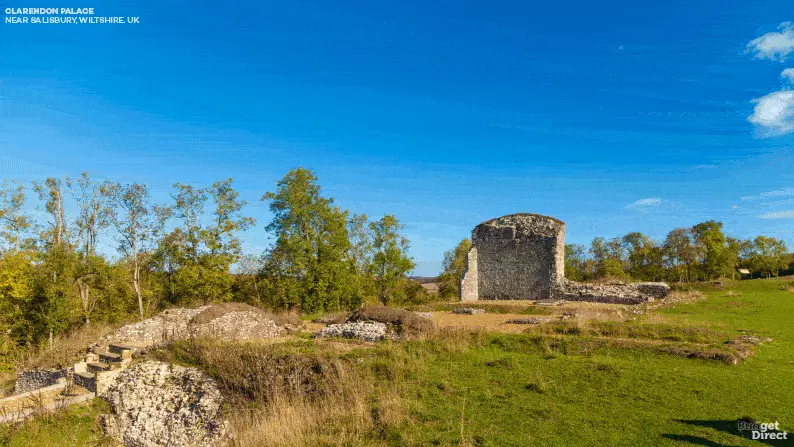
Clarendon Palace, England
HUSUNI KUBWA, TANZANIA
The Kilwa Kisiwani Island It was one of the most important sultanates of the Swahili Coast Trade Network , which linked East Africa with the Arab world. For more than 300 years, gold and ivory left its ports, while silk and porcelain entered.
Husuni Kubwa was built by Sultan al-Hasan ibn Sulaiman in the 14th century and is one of many coral stone ruins that dot the island. This fascinating construction had more than 100 rooms, an octagonal pool and an area for load goods on ships.
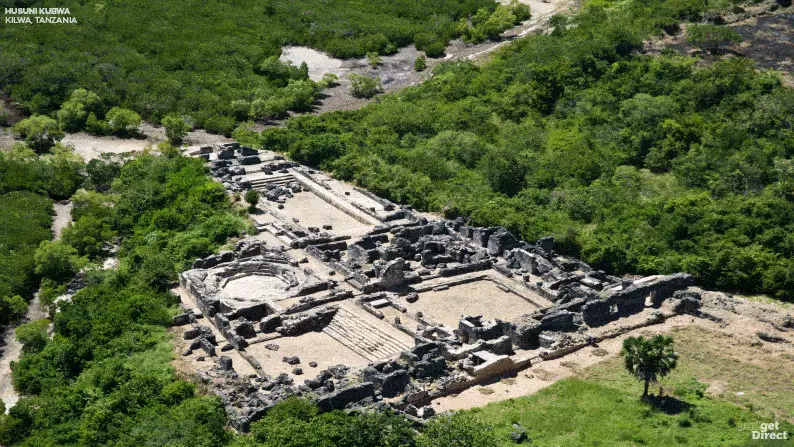
Husuni Kubwa, Tanzania
